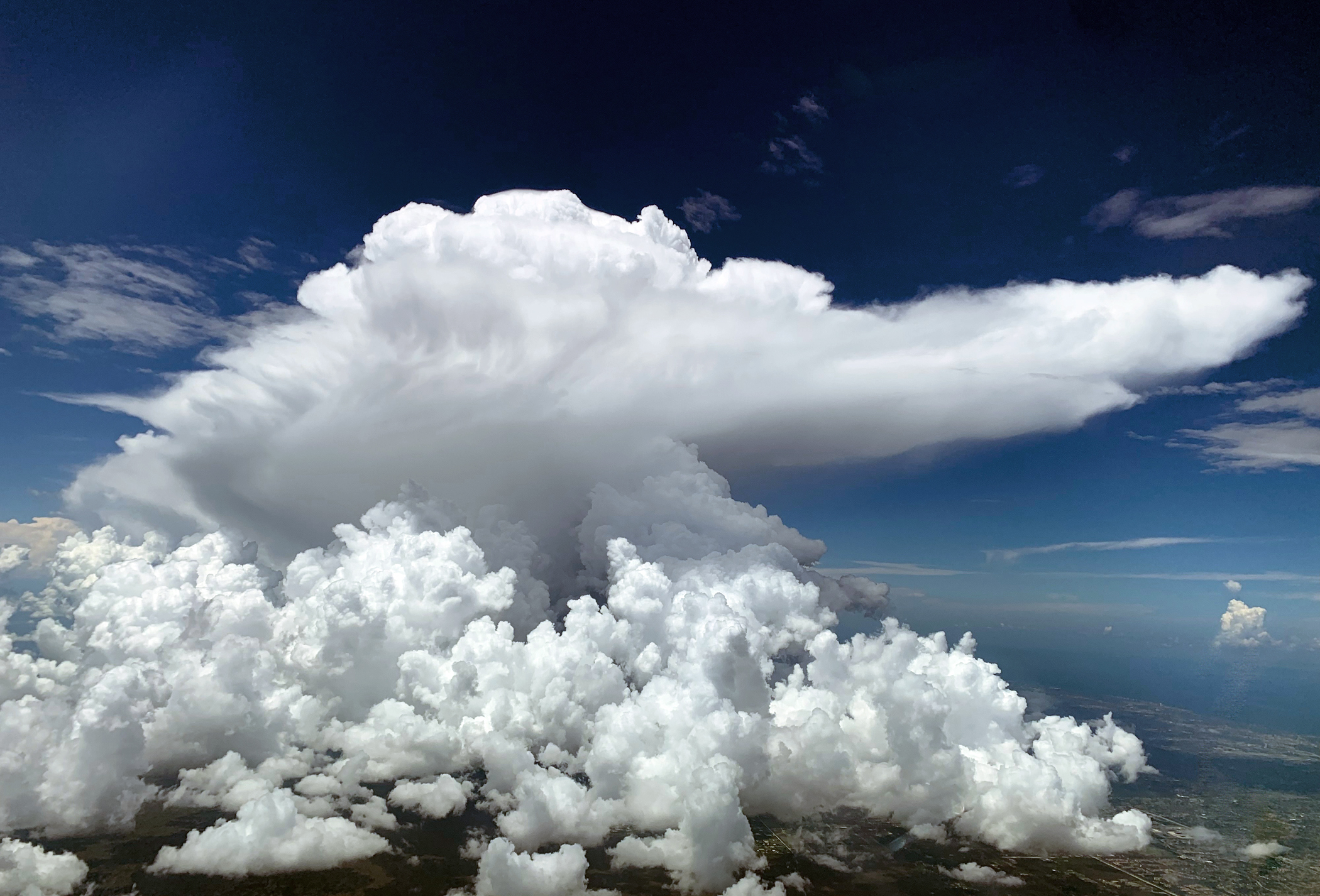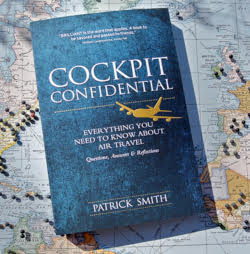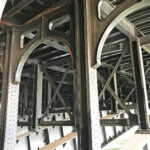Things Going Bump
July 15, 2024
Everyone’s talking about turbulence. Each week now, it seems, we’re reading about this or that flight getting wracked around by unusually rough air. People are being injured, flights are diverting. In one case a passenger died after a Singapore Airlines flight hit severe turbulence over Southeast Asia.
Are dangerous turbulence encounters becoming more prevalent, or are they merely getting more attention?
I honestly don’t know. That’s a bummer of an answer, but I’m unaware of any stats indicating things one way or the other. For now it’s all pretty anecdotal.
That includes my own observations. For instance I seem to notice more and larger thunderstorms these days — over the U.S., over the Atlantic — than I did in years past, but that’s without any objective measuring; it’s just a hunch.
Either way, the media loves a scary-sounding airplane story. In an age when large-scale air disasters have become vanishingly rare, news sources — to say nothing of social media — have taken to hyping minor mishaps instead. That Singapore Airlines incident (the passenger actually died from a heart attack after the turbulence upset) got as much coverage as a crash that killed 200 people would have gotten in decades past.

Another factor is the number of planes in the air. There are more than twice as many commercial flights aloft at any given moment as there were a generation ago. More flights, more people; an uptick in incidents is inevitable.
It’s also possible that yes, turbulence is getting worse. It stands to reason that as climate change intensifies weather patterns and causes bigger, more powerful storms, flying will, to a small but perhaps measurable extent, be bumpier.
How much bumpier is impossible to know, but cases where passengers are hurt or aircraft are damaged will likely remain uncommon. (This is being studied as we speak, though you can expect any results pointing to climate change to set off further squabbling rather than, as it were, clearing the air.)
Also helping are the technological tools now at our disposal. The weather apps that we use in the cockpit are far more advanced than they were even five years ago, and are remarkably accurate when it comes to predicting the where, when, and how bad of turbulence — and how best to avoid it.
Even in worst-case turbulence encounters, meanwhile, the seat belt will probably keep you safe. The vast majority of turbulence-related injuries are suffered by crew members moving through the cabin, or passengers who weren’t belted in when they should’ve been. Flights might get bumpier, but the basics of staying unhurt remain the same.
Related Stories:
EVERYTHING YOU NEED TO KNOW ABOUT TURBULENCE.
SAFETY IN PERSPECTIVE



